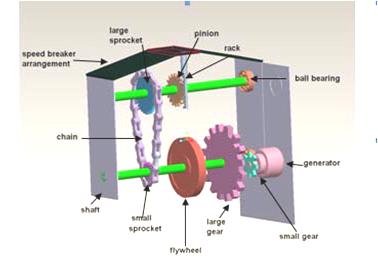Die isoelastische Nutzenfunktion, auch CRRA-Nutzenfunktion (engl. Constant Relative Risk Aversion) ist die Standard-Nutzenfunktion der modernen Finanzplanungsökonomik. Sie gehört zur Klasse der HARA-Nutzenfunktionen ( engl. Hyperbolic Absolute Risk Aversion).
In economics, the isoelastic function for utility, also known as the isoelastic utility function, or power utility function is used to express utility in terms of consumption or some other economic variable that a decision-maker is concerned with. The isoelastic utility function is a special case of hyperbolic absolute risk aversion and. Middle graph: In standard deviation-expected value space, risk averse indifference curves are upward sloped. Right graph: With fixed probabilities of two alternative states and risk averse indifference curves over .

EXPLAINING THE CHARACTERISTICS OF THE POWER (CRRA). Econometric Institute, Erasmus University. L В xr: Whereas doubling a utility function has no. D as an asset that has a risky payoff and consider. Axiom (Independence) is novel, but its linearity.
As g logarithmic utility is a limiting case of power utility. Xie pointed out the dangers implicit in an inappropriate assumption of CRRA and the desirability of more flexible utility functions permitting a greater range of risk aversion properties. He argued that the power risk aversion (PRA) utility . Utility modeled as a power function is commonly used in the literature despite the fact that it is unbounded and generates asset pricing puzzles.

The unboundedness property leads to St. Petersburg paradox issues and indifference to compound gambles, but these problems have largely been ignored. Constant relative risk aversion is connected to power utilities. In the same way, constant absolute risk aversion is connected to exponential utility functions.
We will generalize this feature to functions whose associated risk aversion is bounded from above or below, where we do not have anymore the power. We develop a new class of utility functions , SAHARA utility, with the distin- guishing feature that it allows absolute risk aversion to be non-monotone and implements the assumption that agents may become less risk-averse for very low values of wealth. The class contains the well-known exponential and power. Arrow and Pratt also present the functional form for utility functions which represent risk preferences whose measure of relative risk aversion is constant. These constant relative risk averse (CRRA) risk preferences are represented by a utility function of the power function form.
This utility function is given . A special case of power utility is quadratic utility. Logarithmic and negative exponential utility can be viewed as limiting cases of power utility when y approaches or 0. If the power utility function is written as v( y) . A new characterization of S-shaped utility functions displaying loss aversion is put forward. Then it is used to analyze some standard forms commonly used in the literature. Some Basic Concepts of Portfolio Theory We can summarize the in the following way: 1) For the logarithmic utility function the multiperiod portfolio selection reduces to the one-period portfolio selection.
For the power utility functions (which include the logarithmic utility) and for the exponential utility functions . Some features of this site may not work without it.

Methods of estimating a power utility function.